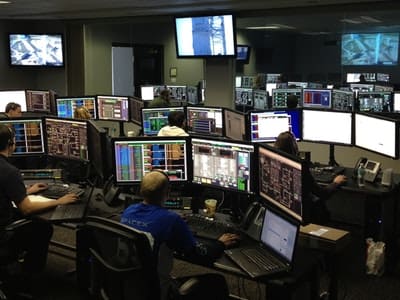Things You Need to Know About Malware: What is it and How to Prevent it

The term malware is a contraction of malicious software. Put simply, malware is any piece of software that was written with the intent of doing harm to data, devices or to people. When you hear talk of viruses, Trojans, spyware and the like, what you’re really hearing is the talk of different kinds of malware. Malware makes its way onto your devices, like your desktop, phone, or tablet and to manipulate or damage them.
On top of that, malware can also record and steal your information like credit card account details. There are numerous types of malware, the most common being viruses, worms, and trojans. Viruses are always attached to a file. If someone emails you a document with a virus attached to it, you have to actually download the document to be infected.
Differences Between Viruses and Worms
This is one of the major differences between viruses and worms. Worms can function without the need to piggyback on files. If you’re connected to a network, a worm can break into your computer without you necessarily doing anything. They infiltrate networks and computers by finding gaps and soft spots in their code. Once inside, they can cause serious damage to your data, including destroying system operating files, which will make your device act seriously odd. Trojans are a type of virus and are designed to give another user access to your computer. Named after the mythological Trojan horse at the battle of Troy, they are pretty harmless during download but then activate once inside. Then things get messy.
Each form of malware has its own way of infecting and damaging computers and data. Therefore, each one requires a different malware removal method. Avoiding suspicious emails, links or websites are good online habits to have. However, this will only get you so far — attackers can sometimes compromise even legitimate websites. The only way to really stay secure or remove an infection is by using software, particularly an antivirus.
Massive Growth in Cyber Crime
The increasing number of Internet users worldwide creates an equal (or larger) number of opportunities for cybercriminals to take advantage of our systems. As we become more dependent on the online environment, we can clearly see massive growth in malware and cybercriminal activities all across the globe. Common symptoms that your device is infected with malware include slowdowns; pop-ups; crashes; suspicious hard drive activity; running out of hard drive space and unusual high network activity. Other signs include a disabled security solution and when your friends tell you that they are getting strange messages from you.

Protection Against Malware
The best protection against malicious software is personal vigilance and protective tools like antivirus programs. One of the most popular ways to a malware spread is by email, which may be disguised to look as if it is from a familiar company such as a bank, or a personal email from a friend. Be wary of emails that ask you to provide passwords. Or emails that seem to be from friends, but have only a message such as “check out this cool website!” followed by a link. Personal vigilance is the first layer of protection, but simply being careful is not enough. Because business security is not perfect, even downloads from legitimate sites can sometimes be perilous. This means that even the most prudent user is at risk unless you take additional measures.






